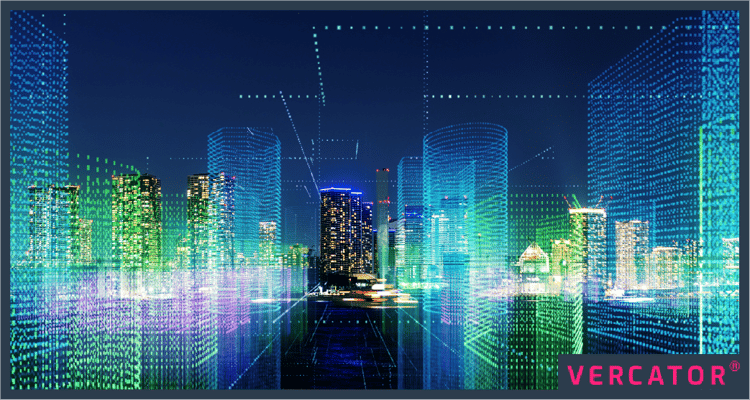
Tags: processing, scanning devices, LiDAR

Recent years have seen an increase in demand for detailed and accurate models of the built environment. To obtain a sufficient level of detail and accuracy in the modelling process, the model needs to be based on reliable measurement data. The preferred source of data for high-quality models are typically point clouds acquired through laser scanning.
A typical choice of scanning hardware to achieve such high-quality models from accurate measurement data is a terrestrial laser scanner. These devices are set up at various locations in the environment with artificial targets placed appropriately so that the scans can be registered. Whilst this procedure is expected to provide the best accuracy for the resulting point cloud, it has some obvious drawbacks. The manual placement of the laser scanner on multiple stations interrupts the scanning process, and thus reduces the scanning rate (points per second). The placement of tie points requires additional manual effort.The prospect of using an additional instrument increases cost, and again manual effort, but is often necessary to achieve the best accuracy and for placing scan data on an external coordinates system. Furthermore, the surveying process requires skilled personnel, for example, to pick optimal stations or good network design for marker placement, etc.
By contrast, for large-scale point cloud acquisition, mobile laser scanning (MLS) is now commonplace. A typical mobile LiDAR system consists of one or more laser scanners mounted on a vehicle. The trajectory of the vehicle is determined using Global Navigation Satellite Systems (GNSS) and a high-grade Inertial Measurement Unit (IMU). Often a wheel rotation sensor is added to obtain odometry data. Such systems have been commercially available for several years and can achieve an accuracy of a few tens of millimetres. Their advantage is the rapid acquisition of higher data volumes and coverage of large areas in a small amount of time. This high data acquisition rate can be achieved since the data collection is uninterrupted and the mobile platform is continuously moving forward covering more ground.
Unfortunately, this type of system cannot be directly used for indoor applications. This is largely due to their reliance on GNSS which is not possible within a building. Also, the increased cost of high-grade IMU in these systems can be prohibitive.
Indoor Mobile Mapping Systems (IMMS) present a possible solution to these issues, especially in time saved. IMMS are much like the vehicle-based mobile mapping systems used for rapidly capturing linear assets by combining sensors onto a kinematic platform. However, the key difference is in positioning. As GNSS is unobtainable inside, other methods are necessary for positioning where there is no clear sky view Simultaneous Localisation and Mapping (SLAM), for example, is the most prominent.
Vercator Software provides some of the benefits of faster data production associated with mobile scanning systems and brings them to a terrestrial scanning workflow. These include the use of the scene itself for registration, removing the need for targets in the field, as well as automated registration freeing the user to do other work. All this while retaining the higher accuracy capture of static laser scanning instruments. Vercator is available initially as a Desktop platform, with a Cloud solution due for release early in 2019.
Tags: processing, scanning devices, LiDAR
The Ultimate Guide to Point Cloud Technology: Your FREE eBook from Correvate.

Correvate Ltd.
190 Clarence Gate Gardens,
Glentworth Street, London NW1 6AD
© Correvate Ltd. | Registered in England & Wales: no. 10708290